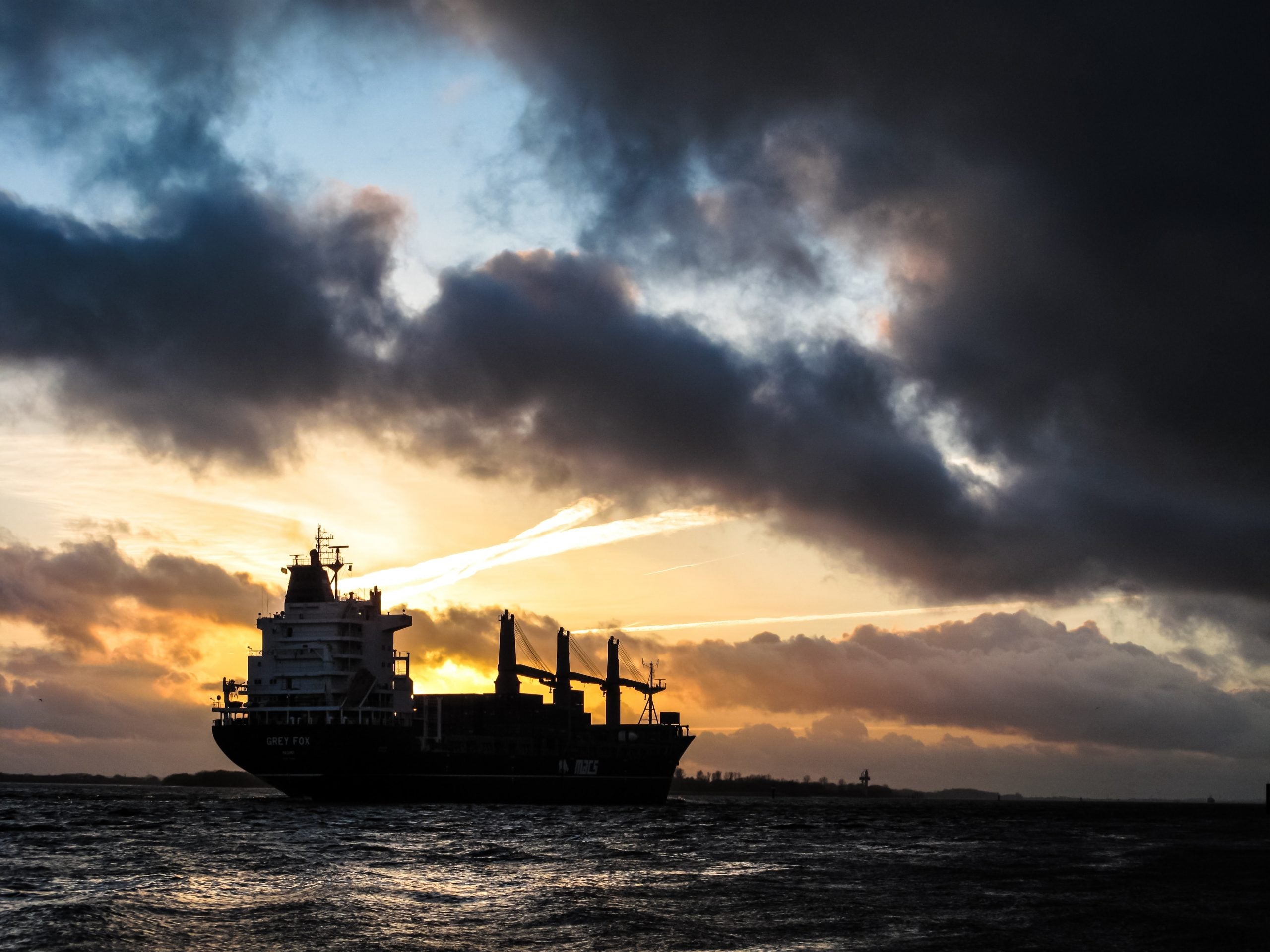
Belgium-based tanker firm Euronav, in collaboration with Hyundai Heavy Industries (HHI) and classification societies Lloyd’s Register and DNV, has launched a joint development programme (JDP) for dual-fuel ammonia-powered tankers.
With an initial term of three years, the JDP aims to speed up the development of dual-fuel Ammonia (NH₃) fitted on board very large crude carrier (VLCC) and Suezmax ships.
The initiative aims to ensure that Euronav and its partners have control as well as flexibility in regard to the construction of upcoming specifications for new crude tankers.
It also aims to address emission reduction challenges.
Furthermore, the company signed new shipbuilding contracts worth $199.2m for three Suezmax vessels.
These new ships are expected to be delivered in Q3 2023 and Q1 2024.
How well do you really know your competitors?
Access the most comprehensive Company Profiles on the market, powered by GlobalData. Save hours of research. Gain competitive edge.

Thank you!
Your download email will arrive shortly
Not ready to buy yet? Download a free sample
We are confident about the unique quality of our Company Profiles. However, we want you to make the most beneficial decision for your business, so we offer a free sample that you can download by submitting the below form
By GlobalDataThe deal will be financed utilising Euronav’s current liquidity and asset-backed debt capacity.
In April, Euronav awarded contracts to Hyundai Samho yard in South Korea for the construction of two VLCC newbuilds.
As part of the agreement, Euronav could opt to contract a third VLCC with the same requirements.
The company has now exercised the option for the construction of this third VLCC, which will be delivered in Q2 2023.
Euronav said that the newbuild deliveries will be staggered, helping parties involved to make ‘concrete progress towards the development of ammonia-fitted tankers’.
In a statement, Euronav said: “Every vessel ordered is part of our fleet rejuvenation programme and is already outperforming any other existing vessels in terms of fuel consumption and emissions, and in particular the older vessels that will be phased out of the fleet because of their age profile.
“In addition, the vessels will feature a gradual and increasing degree of readiness to be converted into dual-fuel fully fitted ammonia ships at a later stage, while retaining the possibility to convert them into dual-fuel liquefied natural gas (LNG) vessels if it would make more commercial sense.”



